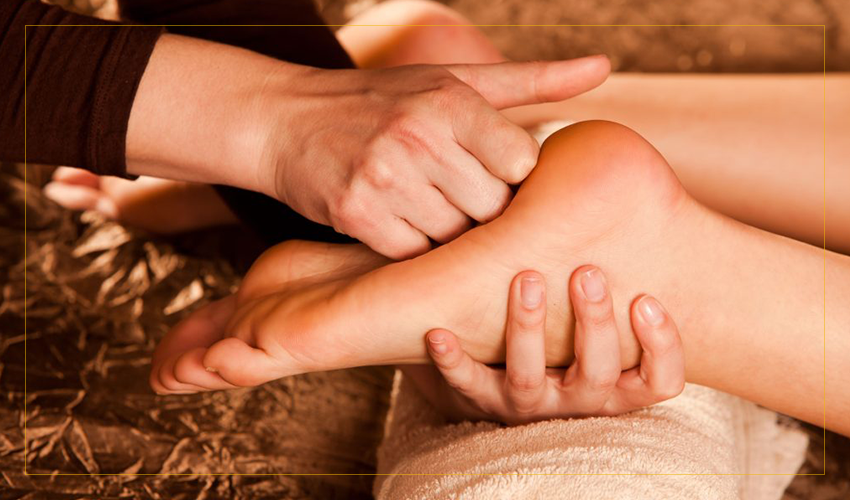
Reflexology, an old recovery method that has stood the test of time, proceeds to captivate the minds and soles of individuals worldwide. This alternative therapy is based on the principle that particular factors on the hands, ears, and feet correspond to different body organs and systems within the body. By applying pressure to these factors, practitioners intend to advertise recovery, relieve stress and anxiety, and bring back balance to the body.
The Origins of Reflexology
While the specific beginnings of reflexology are debated, proof recommends that comparable techniques have existed for hundreds of years throughout various societies. Ancient Egyptian burial places show what seems foot massages, while conventional Chinese medication has actually long identified the interconnectedness of various body parts. The contemporary technique of reflexology, however, was created in the early 20th century by Dr. 秋葉原 and later refined by Eunice Ingham, frequently referred to as the “mom of reflexology.”
How Reflexology Works
The fundamental concept behind reflexology is that the body is separated right into ten vertical areas, each matching to various body organs and body components. By using pressure to certain factors within these areas, reflexologists think they can impact the matching locations of the body. The ideas of the toes are thought to match to the head, while the ball of the foot is associated with the upper body and lung area.
Prospective Benefits of Reflexology
Proponents of reflexology declare a variety of benefits, including:
Stress and anxiety decrease and leisure
Improved flow
Enhanced body immune system feature
Discomfort alleviation, specifically for headaches and migraine headaches
Boosted rest quality
Alleviation of digestive system concerns
While scientific research study on reflexology is recurring, many individuals report significant enhancements in their total wellness after receiving therapies. It’s essential to keep in mind that reflexology is generally considered a complementary treatment and ought to not change conventional healthcare.
What to Expect During a Reflexology Session
A common reflexology session lasts in between 30 to 60 mins. The reflexologist will start by examining your feet prior to using pressure to details points.
Self-Reflexology Techniques
While specialist sessions can be valuable, you can likewise practice some basic reflexology strategies in your home. Right here are a couple of basic exercises to try:
Foot rolling: Roll a tennis sphere or specialized reflexology ball under your foot for a couple of mins every day.
Thumb strolling: Use your thumb to “walk” along the soles of your feet, applying stress as you go.
Hand reflexology: Apply pressure to the facility of your hand using your thumb from the opposite hand.
Incorporating Reflexology right into Your Wellness Routine
As with any kind of brand-new health method, it’s important to approach reflexology with an open mind and reasonable expectations. While it might not be a cure-all, many locate that routine reflexology sessions or self-practice can be an important addition to their general wellness regimen. Whether you’re looking for stress alleviation, pain monitoring, or merely a moment of leisure, reflexology supplies a distinct approach to supporting your body and mind.
Remember, if you have any kind of health concerns or are expecting, it’s always best to seek advice from with your healthcare provider before beginning any brand-new therapy, consisting of reflexology. With its mild method and capacity for promoting total wellness, reflexology proceeds to be a popular selection for those seeking a natural, holistic strategy to wellness and wellness.
While the precise beginnings of reflexology are discussed, evidence recommends that similar practices have actually existed for thousands of years across numerous societies. The contemporary technique of reflexology, however, was developed in the very early 20th century by Dr. William Fitzgerald and later on fine-tuned by Eunice Ingham, usually referred to as the “mother of reflexology.”
The basic idea behind reflexology is that the body is separated into 10 upright zones, each matching to various organs and body parts. As with any kind of brand-new wellness method, it’s necessary to approach reflexology with an open mind and sensible assumptions. Whether you’re looking for anxiety alleviation, pain administration, or merely a moment of leisure, reflexology supplies an one-of-a-kind strategy to nurturing your body and mind.